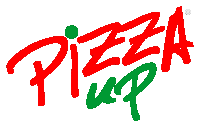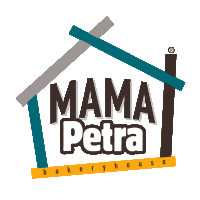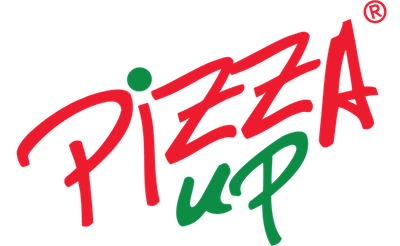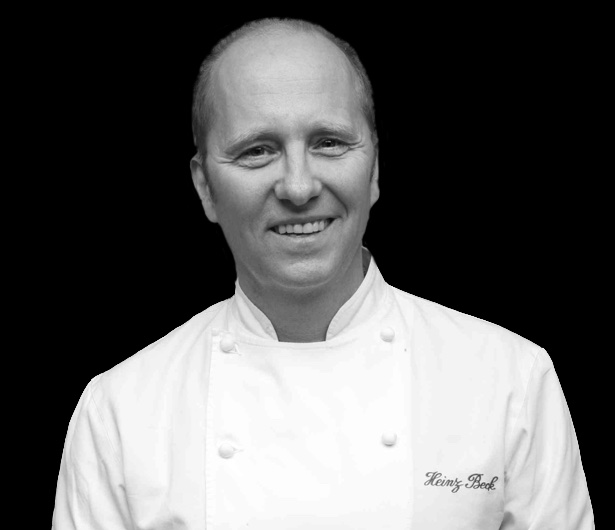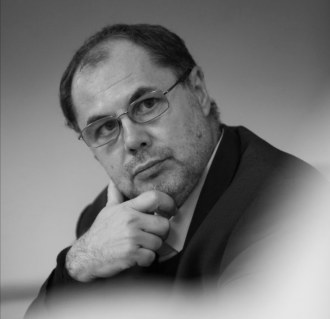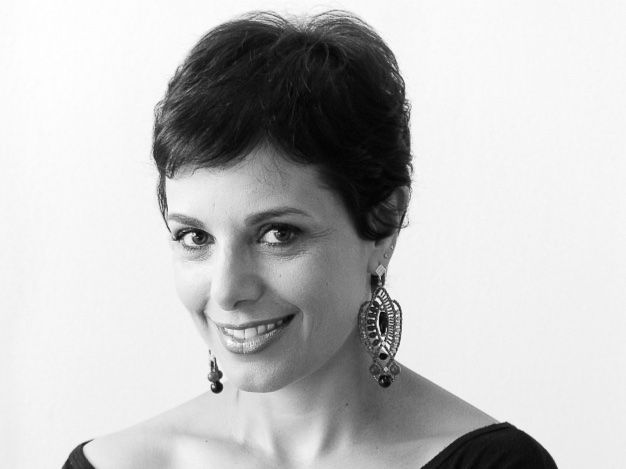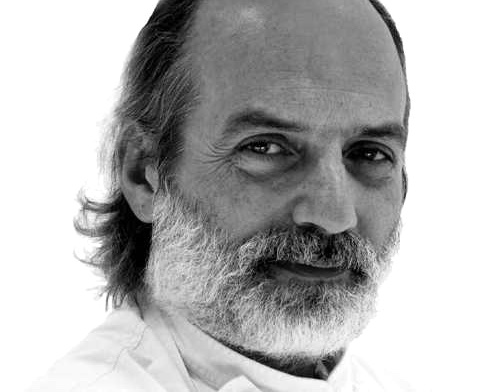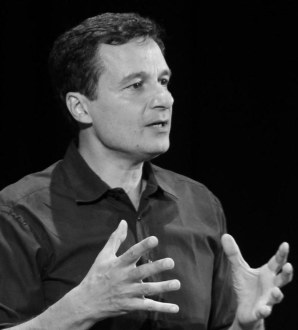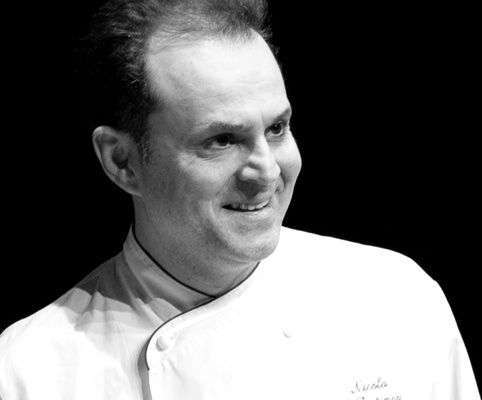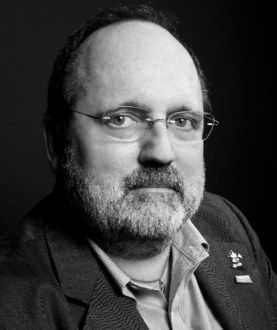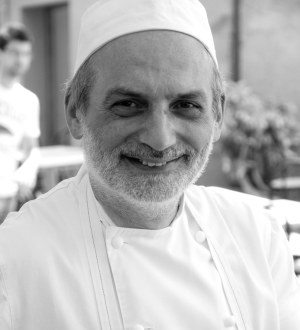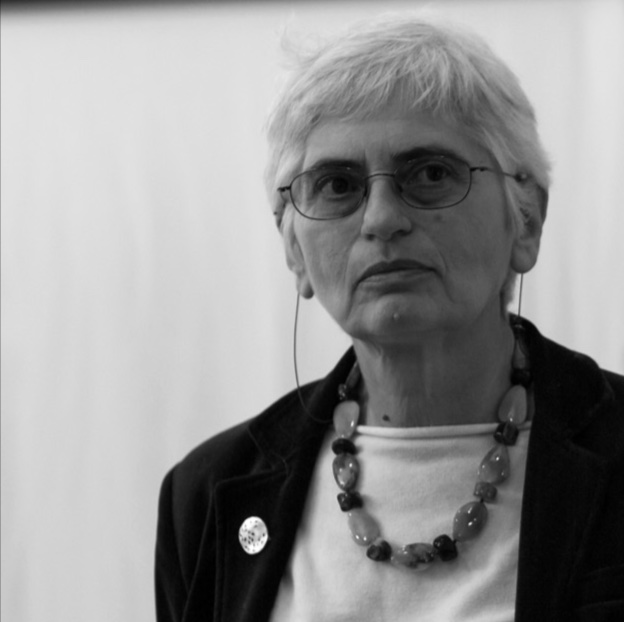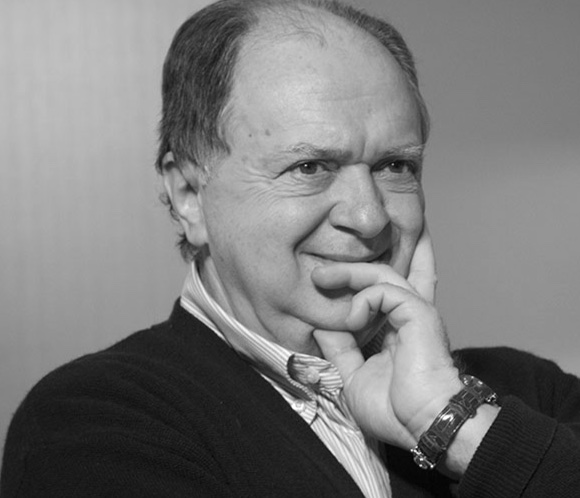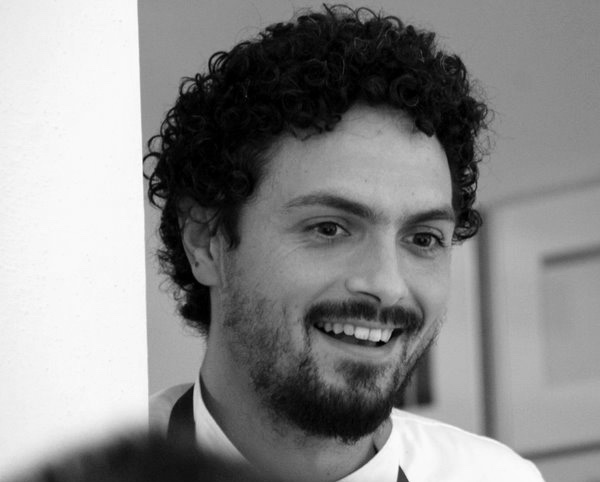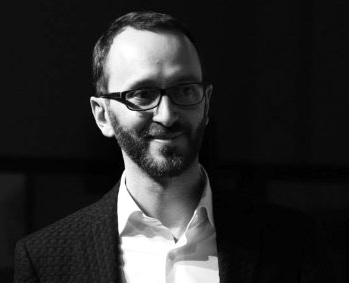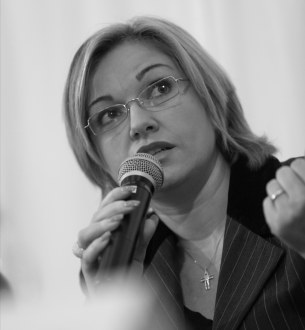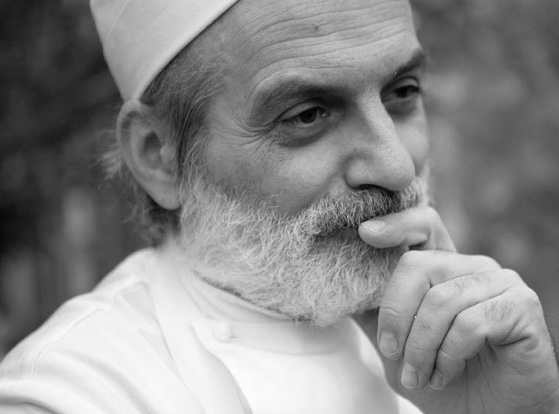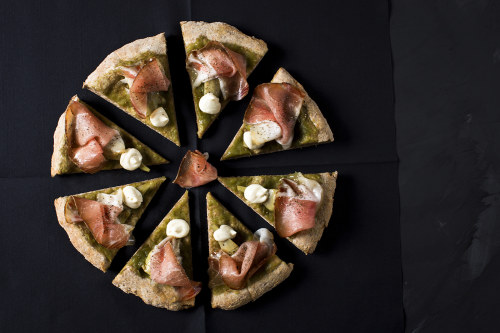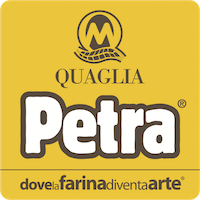FUTURE AND TRADITION IN PIZZA DOUGHS
The true basic ingredient of a good dough is the grain and not the flour. Flour is part of the grain that can be used to make dough, and the work of a good miller is to select the most suitable cereals for every type of dough and grind them cleanly and consistently. The knowledge of the variety of seeds and cultivation is essential, along with the ability of the mill to separate the different parts of the grain. Only an excellent wheat will produce a good pizza dough, poor nutritional profile means poor taste. In the same way, the correct processing techniques and the use of the right yeasts will "naturally" provide the pizza bases with the characteristics of structure and firmness suitable for the various regional forms. In a world where war has been declared on food waste, there is no room for food products that are not both tasty and healthy. Take pizza and focaccia, for example: the per-capita consumption of pizza and its variants is almost daily, if we consider both home and out-of-home dining. Pizza can be seen as an efficient means of transport for the nutrients we need to be healthy. Consuming an average portion of pizza can cause swelling of the stomach, thirst and a sense of heaviness in the legs. Equally, on the contrary, it can prolong the sense of fullness, increasing the digestive period and giving strength to the whole organism for a longer period. This is why the doughs for the pizza made with Petra were chosen in a comparison with other flour products made from common wheat during the second edition of PizzaUp®. Its distinctive flavour comes from the higher content of dietary fibre that it contains, due to the presence of all the parts of the grain, and produces the double effect of requiring fewer condiments and ingredients (because the dough has its own flavour) and helps reduce the glycaemic index of the pizza (higher content of dietary fibre). From today, these two effects can be maximised by using the new PetraViva® Bricks. These contain wholegrain cereals or isolated parts of the grain, natural or toasted to improve shelf life, seeds and legumes (whole or ground into flour) and live sour doughs, designed for people who want to create their own flour in infinite combinations of flavour and nutritional profile. This has the added advantage of making pizza and focaccia into vehicles for the nutrients from flours or seeds other than common wheat and reinstating the use of traditional ingredients, but in a modern light. We are starting from scratch: the flour no longer comes from the mill, but each of us makes it ourselves, combining a Petra base with one or more of the Bricks from PetraViva® based on the nutritional profile and flavour that we want for our pizza dough. It is the germinated product that gives our bread, pizza, fresh pasta and pastries the most complete and bioavailable nutritional content. The bioavailability (meaning the proportion of the nutrition absorbed in digestion and used for the normal functioning of the body) of vitamins and mineral salts increases significantly if cereals and legumes undergo a process of assisted germination before being consumed.

